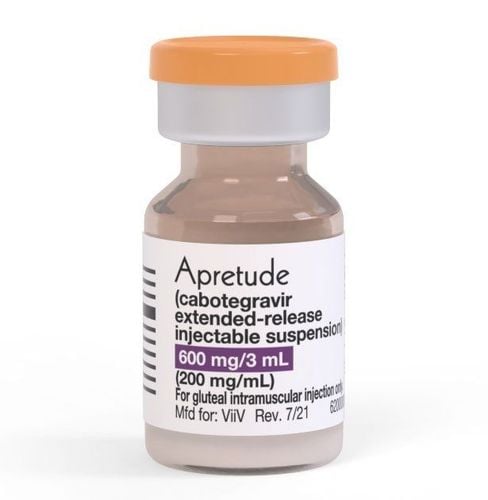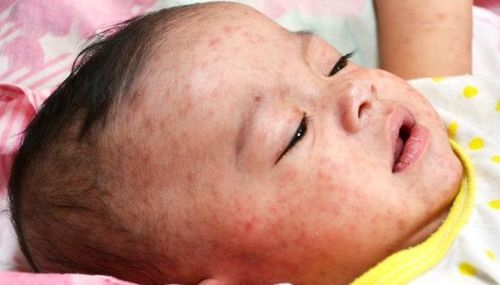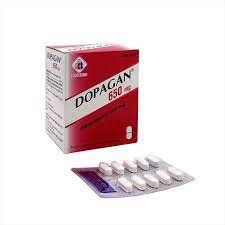This is an automatically translated article.
The article was professionally consulted by Dr. CCII Tran Thi Linh Chi - Department of Pediatrics - Neonatology - Vinmec Hai Phong International General Hospital
Meningococcal disease can occur in all subjects, but it is common in children, especially during hot weather and cold weather. The average incubation period is usually 4 days. Meningitis treatment how long depends on the actual situation of the patient. Meningitis, meningococcal disease can occur in all subjects, but often occurs in children, especially during the hot season and hot weather. cold weather. The average incubation period is usually 4 days. How long meningitis is treated depends on the actual situation of the patient.
1. Correct understanding of encephalitis, meningococcal disease
Meninges are an important component of the brain, playing a role in protecting the brain and spinal cord. Meningococcal encephalitis and meningococcal disease is an acute infectious disease of the meninges caused by the bacterium Neisseria meningitidis, leading to a serious infection of the meninges, causing brain damage, mortality rate up to about 50 % if the patient is not treated promptly. Meanwhile, how long meningitis is treated depends on the condition of each person.
Encephalitis, meningococcal disease is transmitted through the respiratory tract by the patient inhaling the respiratory secretions of the carrier. Behaviors that spread disease include kissing, sneezing or coughing on someone, close, continuous contact for a long time such as living near an infected person, sharing foods, drinks, or household utensils. with infected people. The group that is most at risk of contracting the disease are children. Children with meningitis can be caused by bacteria that have existed in the nose and mouth for a long time, or because they have had nasopharyngitis for a long time but are not treated properly or do not adhere to treatment, leading to The healing effect is not up to the mark. When pathogens enter the body, they will move into the bloodstream and then penetrate the meninges and cause disease onset.
The average incubation period for encephalitis and meningococcal disease is 4 days, but can range from 2 to 10 days. Neisseria meningitidis bacteria only infect humans, animals do not contain pathogens. Scientists think that between 10% and 20% of the world's population has the bacteria Neisseria meningitidis in the throat at any point in their lives but does not develop symptoms. The rate of people infected with meningococcal bacteria but have no symptoms is about 5 - 10%, but in endemic areas, this rate is likely to be up to 20% or more. The possibility of disease transmission is often higher in times of epidemics, inclement climates or when food, hygiene, and disease prevention are not guaranteed.
Encephalitis, meningoencephalitis often appears suddenly with signs such as: high fever, severe headache, vomiting, stiff neck, becoming sensitive to light, fatigue, possibly accompanied by sore throat, appearing Unusual purpura or spots, including stellate purpura, may be accompanied by vesicles.
When the patient notices the signs of meningitis, it is necessary to determine exactly whether the cause is bacterial or viral. Accordingly, patients need to do specialized tests, especially meningococcal water (cerebrospinal fluid) and conduct treatment as soon as possible.
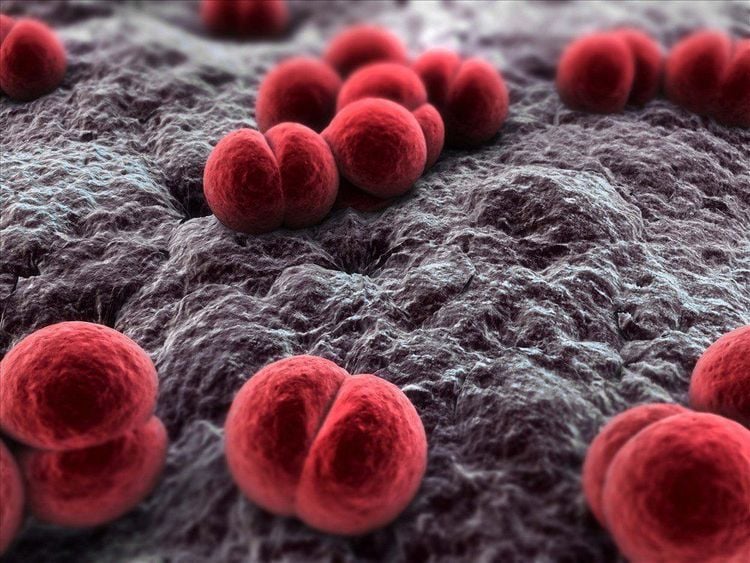
2. How long is the treatment for purulent meningitis?
Meningitis is considered a serious disease, requiring hospitalization for emergency treatment, if not treated or treated late, the disease is at risk of causing death or leaving unfortunate sequelae. such as deafness, blindness, convulsions, weakness in limbs, even children no longer aware of their loved ones even though they have been cured of the disease. However, with timely treatment, the child can completely recover from the disease and return to normal health.
Even when pediatric patients are diagnosed early and treated appropriately, about 5% to 10% of cases are unavoidable, usually occurring within 24-48 hours of symptom onset. In addition, meningococcal meningitis has the potential to cause permanent brain damage, hearing loss or learning impairment in 10% - 20% with survivors.
How long to treat meningitis depends on the actual situation of each patient. When suspected that a child has meningitis, parents should take the child to see a doctor as soon as possible because the effectiveness of meningitis treatment depends heavily on early diagnosis and timely treatment.
3. Prevention of meningitis for children
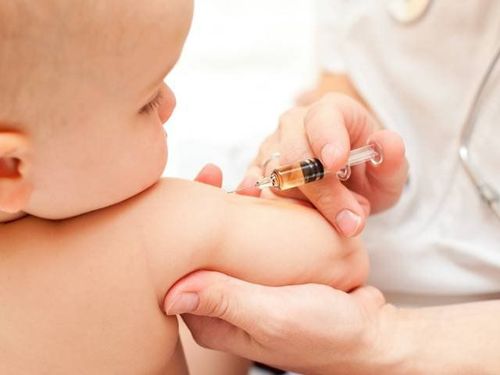
To prevent meningitis for children, parents should keep warm, pay attention to take good care during times of change in weather and at the peak of flu epidemics. In addition, children need to be treated promptly when suffering from respiratory diseases such as nasopharyngitis or ear infection.
Meningitis is one of the dangerous diseases in children, although it is contagious, it can be actively prevented by vaccination. Currently, in Vietnam, there is a vaccine against a number of individual types of meningitis. The Department of Preventive Medicine has recommended that people should regularly wash their hands with soap, gargle their mouths and throats with medical antiseptic solutions, and practice good environmental hygiene at their residences and workplaces.
Besides, parents need to actively vaccinate their children against encephalitis and meningococcal disease. When a child shows signs of high fever, headache, nausea and vomiting, stiff neck, it is necessary to take them to a medical facility for timely examination and treatment. How long to treat meningitis will depend on the actual condition of each patient.
Please dial HOTLINE for more information or register for an appointment HERE. Download MyVinmec app to make appointments faster and to manage your bookings easily.





